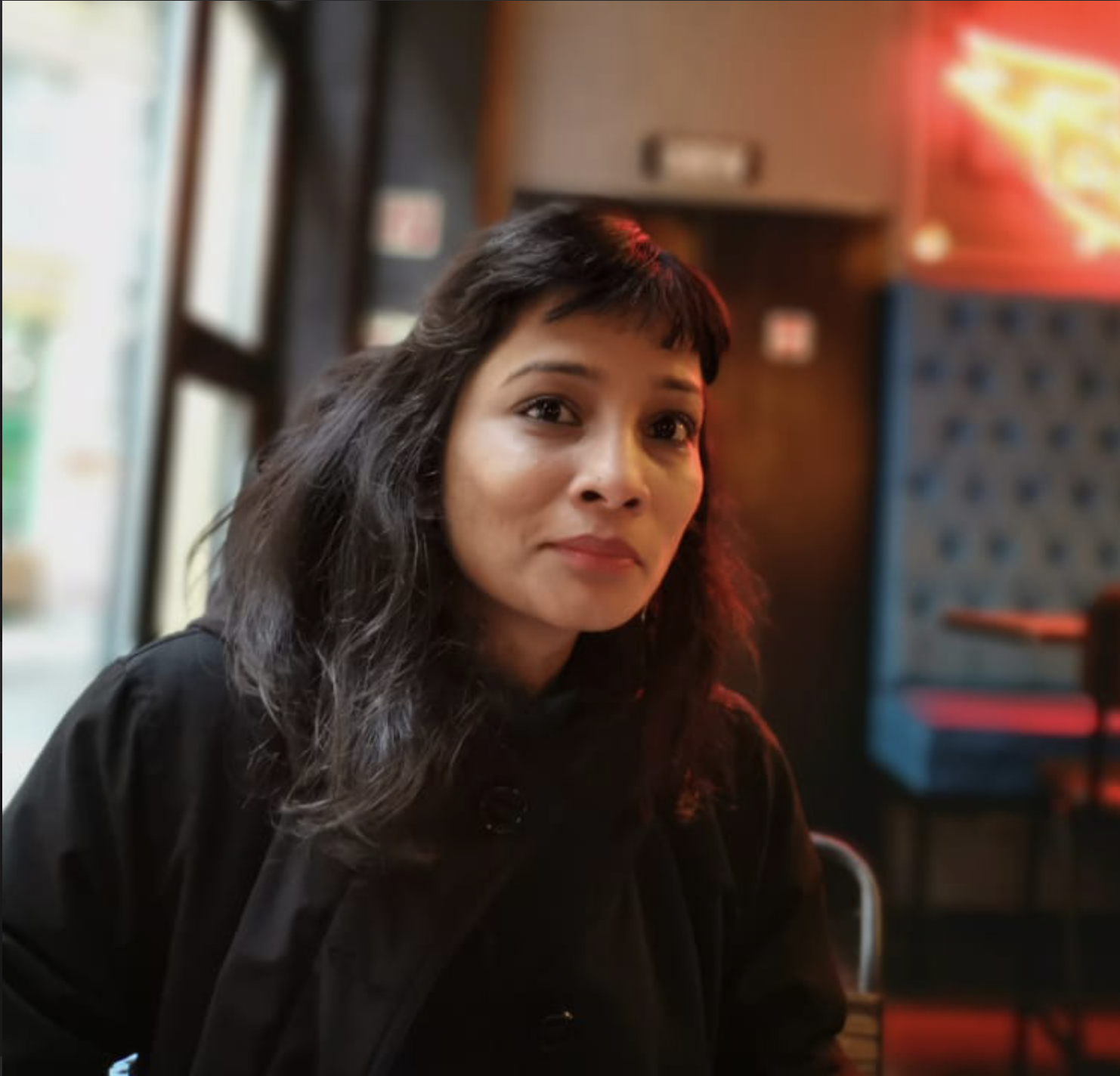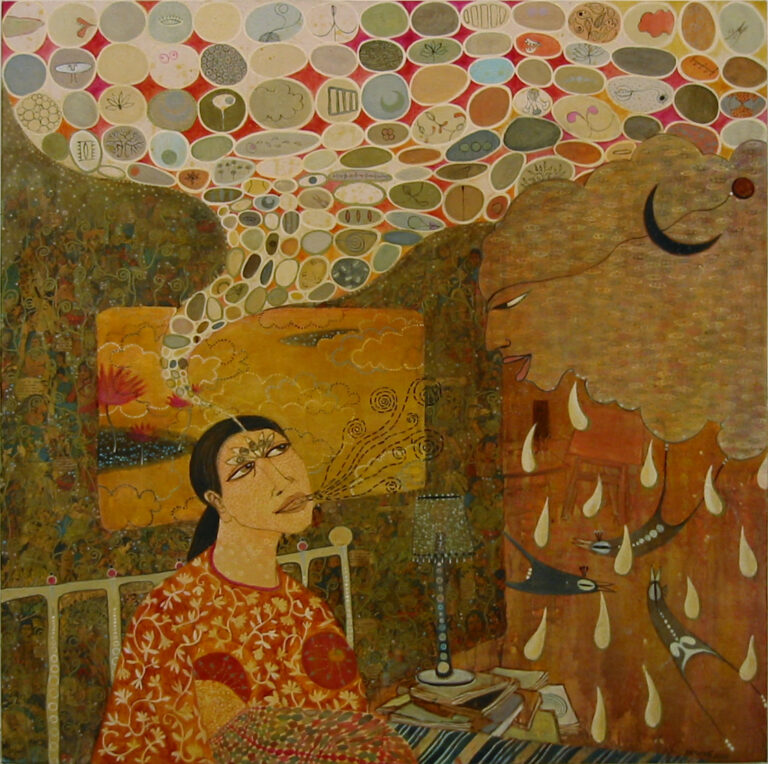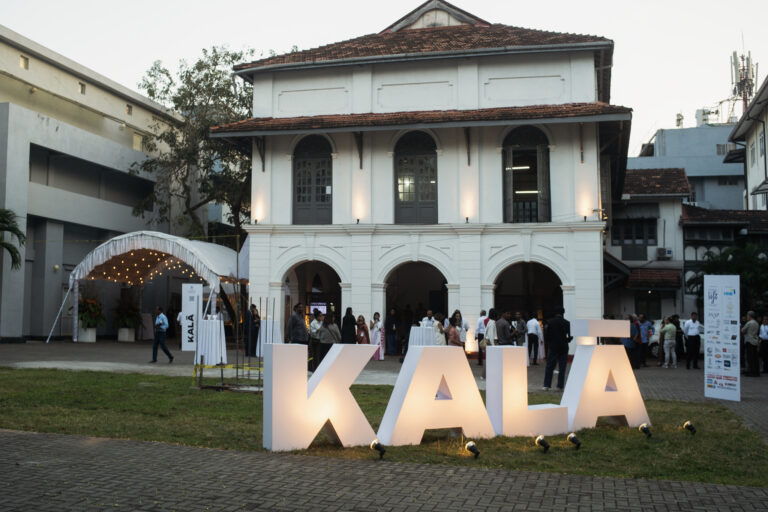
‘Can You Hear Me?’ is a triggered, and triggering, response to a shocking incident of recent history. It drives Nalini Malani’s narrative into an animation where the central protagonist is an 8-year-old girl, whose soul eventually metamorphoses into that of a bird. The show is composed of a sprawling nine- channel video installation, featuring over 88 iPad- drawn animations created between 2018 and 2020, reorganized into a form of an ‘Animation Chamber’. It refers to this poor child’s violent assault and eventual murder by seven men, inflaming already stretched age-old religious tensions and sparking a debate on communal hatred that became a national and international news story, that unfortunately continues to gain notoriety due to shockingly similar and regular reoccurrences. The imagery is loose, and the text is interlaced and juxtaposed, its treatment is playful yet compelling, hiding its dissolute and bleak reality in light-hearted colour changes and buoyant edits.
Curated by Nada Raza, this sub-continent collaboration marks Malani’s first major showcase in Dubai, and the exhibition unfolds within the expansive architectural confines of Concrete, Alserkal Avenue. At its core, one enters Can You Hear Me? The viewer is now placed in a space where very fast-moving images that are described as ‘being inside her mind’ are layered with rich literary references toying with perspective, the conscious and the unconscious, never settling but reimagining boundaries of perception inevitably subverting and challenging our understanding of fixed notions of being.
During COVID-19, Malani’s iPad became a portable studio allowing her the freedom and immediacy to transfer her thoughts into actions, gestures, and indications of fleeting contemplations: through these animations one witnesses horrors that are not just front-page still images. The images all have the feeling of something that has happened without a direct reference to the event itself, of how to obscure whilst simultaneously observing. There is movement, they are in a state of flux, and it is in this movement that the viewer can find their place, their path, and perhaps, catharsis. Her use of text, visual quotations, annotations, and snippets of sound and music as the artist calls ‘Thought bubbles’ channels her avant- garde disposition to face socio-political injustices and her feminist instincts roar a poignant outcry against gender-based violence.
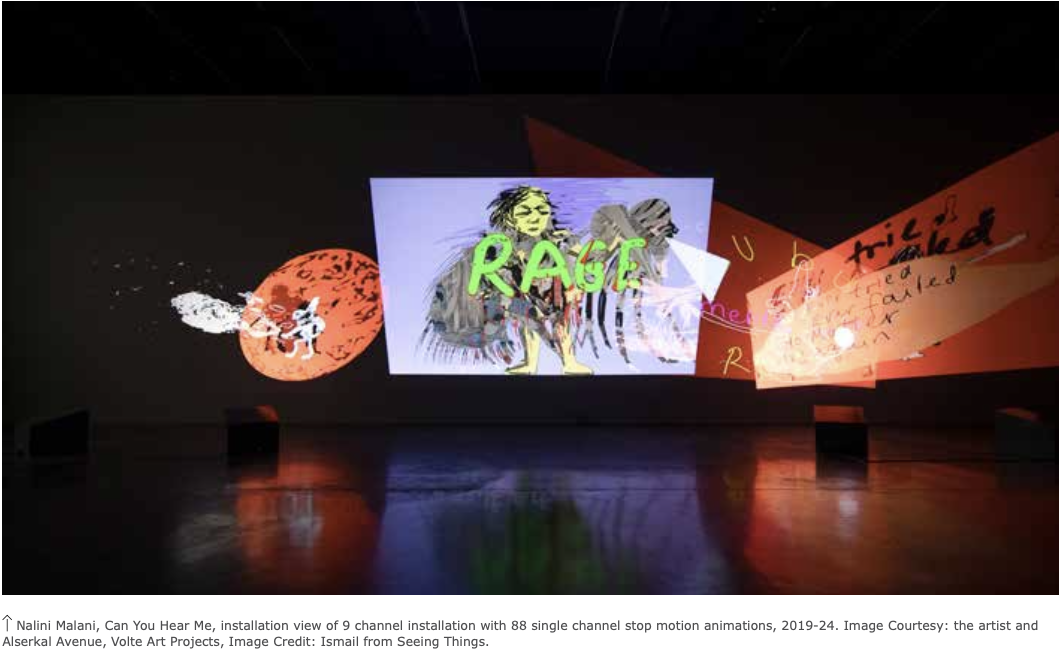
Malani’s reasoning persistently synchronises with her post-colonial agendas to question the romanticised glorification of violence, particularly concerning caste politics, patriarchy and systematic freedom of speech which often manifests in harrowing narratives of the partition era where women endured all manner of horrors of assault at the hands of men. She acutely and arcuately condemns harmful attitudes and beliefs that still perpetuate such as victim-blaming, objectification, and the normalization of sexual violence by the media and how this then shapes society. Seeing from the lens of the othered, victims often do not want to recall their traumas; the denial is a coping mechanism that momentarily allows them to escape, yet the crippling nature of the theft of one’s agency can churn into an endless cycle. Purging happens when one confronts their demons: the artist realises this grey space and confronts those social values that subtly advocate the misuse of power, to gain more power is a seemingly universal banality, effortlessly breaching all boundaries of wealth, culture, and privilege.
Alongside ‘Can You Hear Me?’ are special outdoor screenings of an adapted version of the artist’s latest work, Ballad of a Woman – a transfixing five-minute single-channel stop-motion animation, meticulously hand-drawn again on the iPad. Inspired by Alfred Jarry’s theatrical masterpiece, Ubu Roi, and Wisława Szymborska’s poignant poem, Honest Ballad, it also provocatively challenges a world where our passive acceptance fosters profound and nonsensical disparities, be they rooted in race, gender, or other pervasive societal norms.
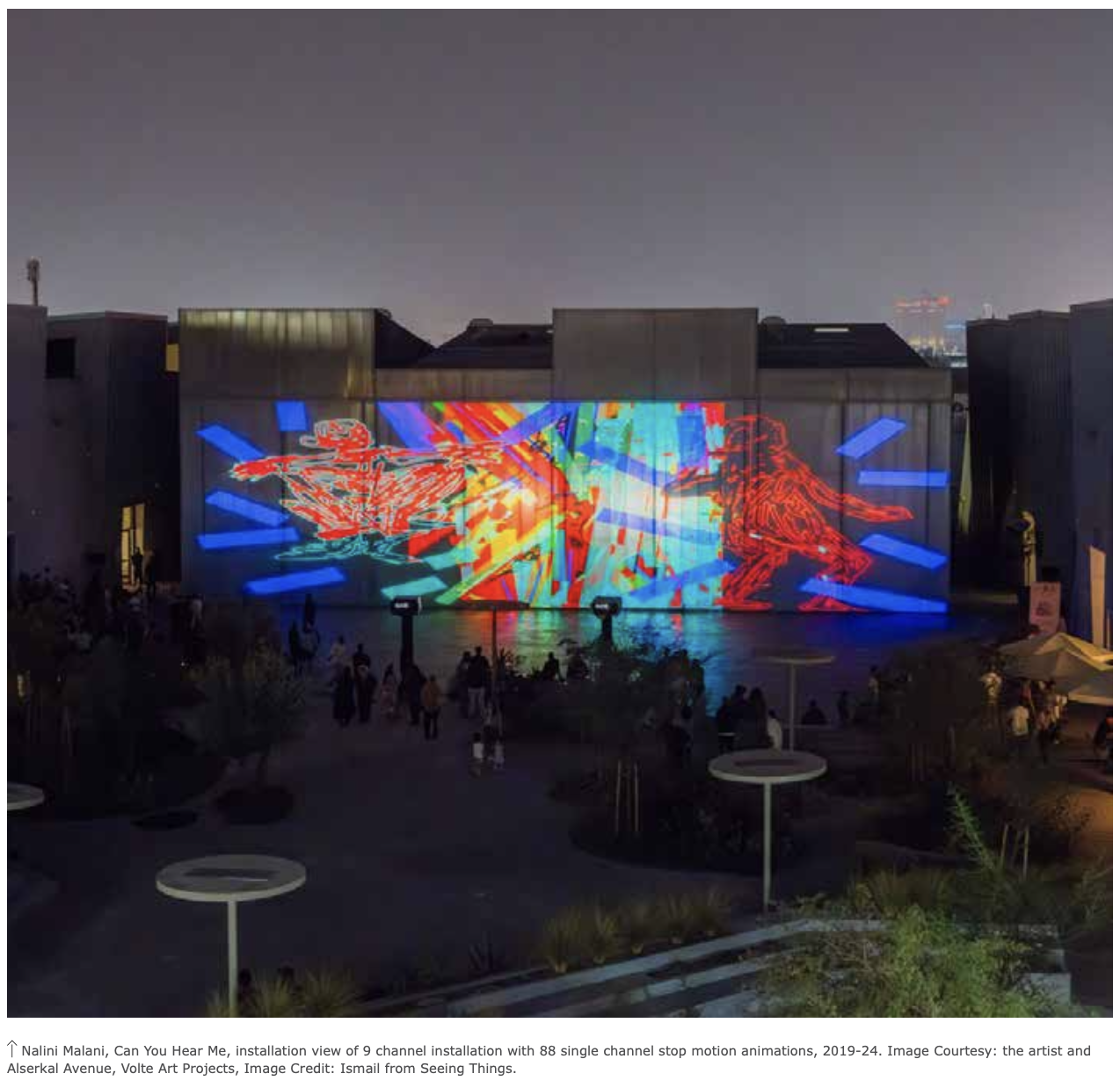
Researching for this show, I discovered previous works suggestive of Cave Paintings, where an interplay of cast shadows illuminated by candlelight becomes a fleeting performance bound by the wax’s duration. Perhaps her urgency to respond to the myriad of current turmoil is lit with that hope, to bring change in whatever capacity, as she states, ‘One can wake the art up’. Malani reiterates her concerns about Gaza, ‘When a society resorts to one person killing the other, we have reached the end, we have reached the primitive stage in our civilization, and we should be bloody ashamed of’. In the story ‘Tobah Tek Singh’ by Manto, Bishan Singh dies in no man’s land, highlighting the absurdity and senselessness of dividing people based on religious and national identities, where the human cost is all for individuals and nil for entrenched power structures. A similar reference to that of Francisco Goya’s, ‘Saturn Devouring His Son’, conjuring a dark cynicism towards existence, portraying the relentless pursuit of consuming power and momentary greed at the expense of love for one another to sustain dominance. We are often silenced, pacified with law-and-order style rhetoric about how ‘the guilty must be held responsible’, but are they… ever? One only must glance at the world today.
Her works continue in the traditions initiated by Ebrahim Alkazi and Satyadev Dubey in lectures at the Bhulabhai Memorial Institute in the 1960s, where she and many of her peers including Nasreen Mohamedi, adopted a progressive stance; her work blends classical elements with Graffiti, infused by the ethos of Botuh Dancers for her later plays, which is still delicately acknowledged even in these current works. Her global alchemy of references reflects a need to see the human condition up close and it’s this fusion that forms the cornerstone of her visual language, enriched by vernaculars rooted in the spirit of radical German theatre. Her previous performances like ‘Medea’ and ‘Cassandra’ compel audiences to confront the complexities of feminine power, Cassandra of course points to the fated mythical priestess of the same name, known for her power of prophecy but wastragically never to be believed. Many such seers have suffered the same fate.
It feels especially prescient and poignant that at this moment in time the Alserkal Arts Foundation has consciously opened its doors to Nada Raza and Volte, Director Tushar Jiwarajka’s initiative to elevate Nalani Malani’s important work. This dark historical period seems to need her message more than ever, the only real question is, if those with ears to hear and eyes to see, will.










